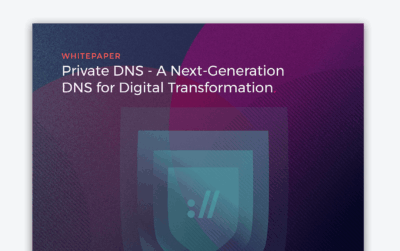Multi-Cloud Orchestration
Multi-cloud is a strategy for organizations seeking to prevent vendor lock-in, improve performance, reliability and reduce costs. However, managing traffic among heterogeneous cloud providers, deploying applications and handling auto-scaling requirements requires an automated and intelligent DNS orchestration layer.














